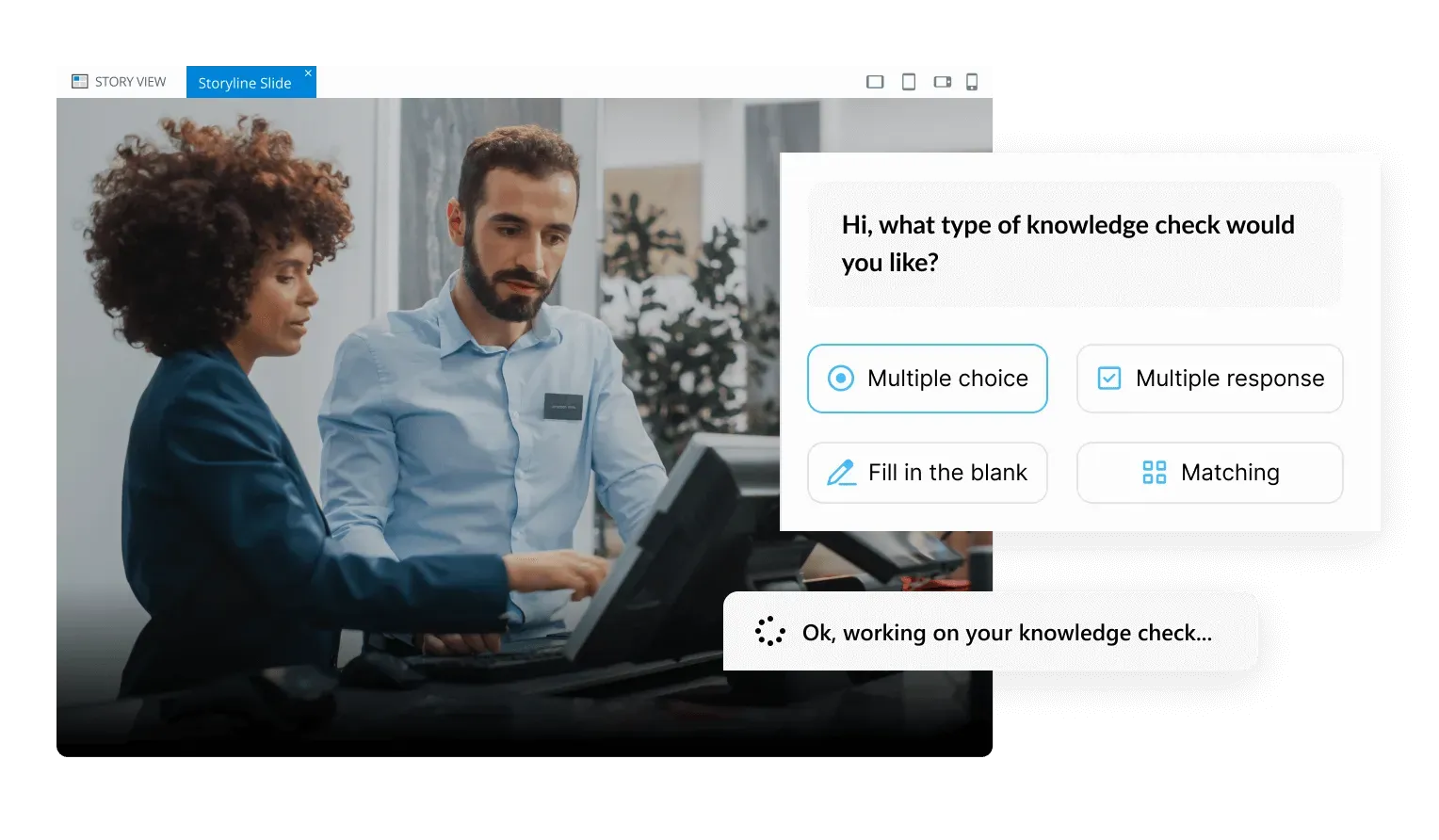The Rise of eLearning: Transforming Education and Training in the Digital Age
As digital technologies continue to evolve, learners and educators alike are embracing online platforms for their flexibility, accessibility, and effectiveness.
In recent years, eLearning has emerged as a powerful tool reshaping the landscape of education and professional development. As digital technologies continue to evolve, learners and educators alike are embracing online platforms for their flexibility, accessibility, and effectiveness.
What Is eLearning?
eLearning, or electronic learning, refers to the delivery of education and training through digital resources. It encompasses a wide range of formats—from self-paced courses and virtual classrooms to interactive simulations and mobile learning apps. Whether in schools, universities, or workplaces, eLearning enables individuals to access knowledge anytime, anywhere.
Benefits of eLearning
One of the key advantages of eLearning is its flexibility. Learners can progress at their own pace, revisit materials, and access content on various devices. This is particularly beneficial for working professionals, remote learners, and those with diverse learning needs. eLearning is also cost-effective, eliminating the need for travel, physical materials, and venue costs.
Additionally, eLearning can enhance engagement and retention through multimedia elements such as videos, animations, quizzes, and gamification. With the integration of analytics, educators and organisations can track learner progress and tailor content to individual needs.
Challenges to Consider
Despite its many advantages, eLearning also presents challenges. Not all learners are equally self-motivated or technologically confident, which can impact their success. Technical issues, lack of face-to-face interaction, and limited real-time feedback can also hinder learning outcomes. Therefore, effective eLearning design should include clear instructions, interactive elements, and opportunities for collaboration and support.
The Future of eLearning
As artificial intelligence, virtual reality, and adaptive learning technologies become more sophisticated, the future of eLearning looks increasingly personalizsd and immersive. Microlearning—short, focused learning segments—is gaining popularity for its ability to deliver just-in-time knowledge. Moreover, the global shift toward remote work and digital transformation continues to drive the demand for scalable and flexible learning solutions.
Conclusion
eLearning is no longer just a convenient alternative—it is a central pillar in modern education and training. By embracing its potential and addressing its challenges, educators, businesses, and learners can unlock powerful opportunities for growth, development, and lifelong learning.





